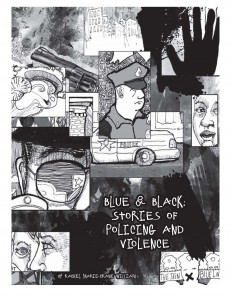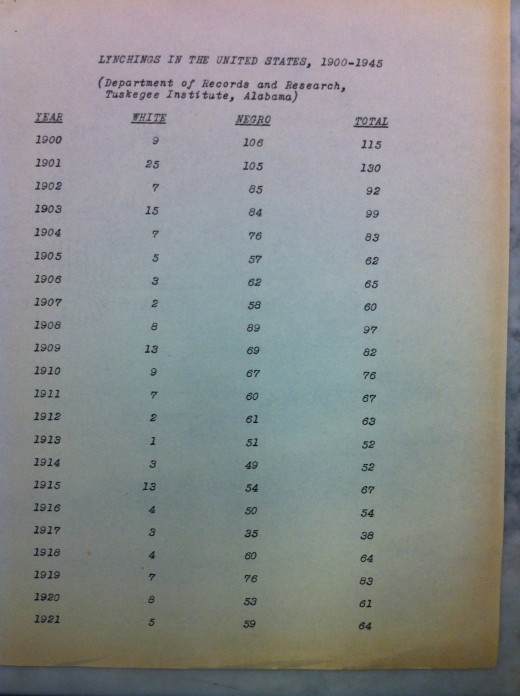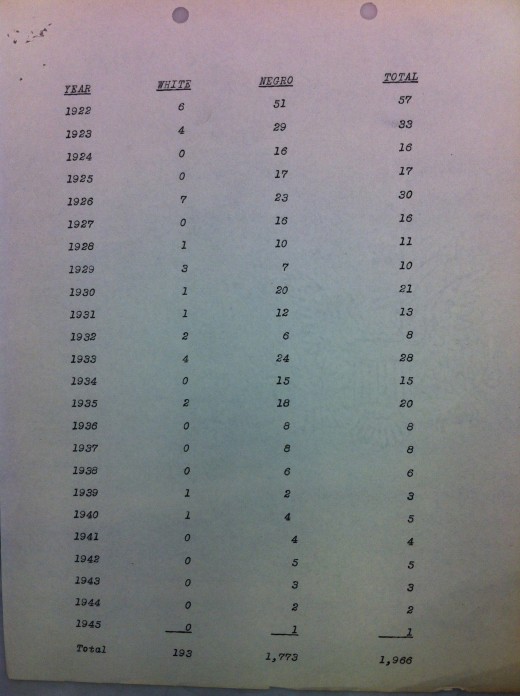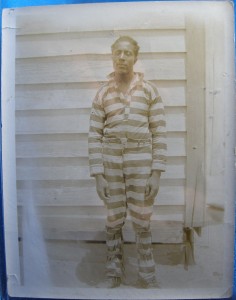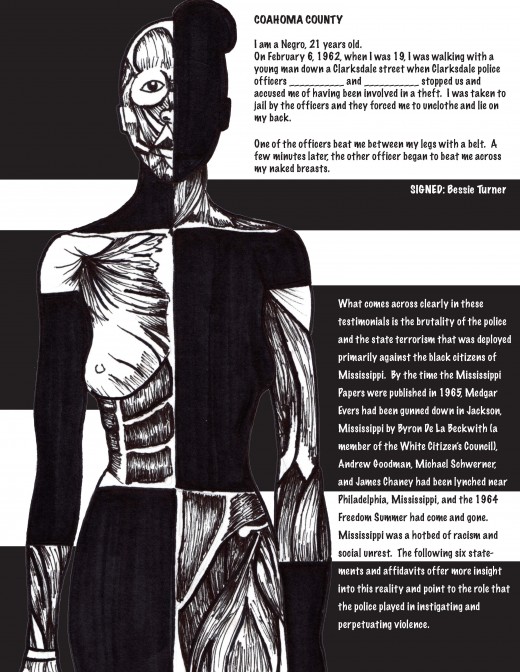I spent over three hours yesterday afternoon facilitating a circle. I feel compelled to write about it and I have generously been given permission by the principal participants to do so here. I will use pseudonyms and won’t divulge any confidential information. I want to write about this experience because there are too few (in my opinion) first-hand accounts about circle-keeping.
Teachers are my favorite people and teaching is the most difficult profession to master. I would say this even if I weren’t an educator myself. Lately, teachers have become the whipping posts for all interests. The union-busters in state government are taking aim at long-promised pensions and are imposing a plethora of ill-conceived reforms. Parents bitch and complain while few if any offer any praise or encouragement. Many students who are suffering from the impact of neoliberal economic policies are coming to school hungry, poor, and pissed off (with good reason). With this as their backdrop, many teachers are trying to go about their daily work with hope and professionalism.
Ms. P is 30 years old and has been teaching middle-school math for 7 years. She is white, progressive and hails from Georgia. She has a masters degree in education and a huge heart. She also happens to be a friend of mine so I can personally attest to her character. Jamal just turned 14 and is very big for his age. At 6 foot 1, he towers over his peers. He is older than his 7th grade classmates because he had to repeat the 6th grade. He is new to the school this year; this is the third school that Jamal has attended in three years.
Things did not get off to a good start between Ms. P and Jamal this September. On the second day of class, he sat on his desk instead of his chair. After repeated requests that he take a seat on the chair, Ms. P sent him to the disciplinarian’s office. Jamal decided to make Ms. P public enemy #1. The situation escalated and earlier this week Jamal pushed Ms. P as she tried to get him to move when he was blocking the supply closet. He pushed her so hard that she fell and hit her head. This is cause for an immediate expulsion and even arrest. Ms. P did not want this for Jamal.
She reached out to me on Tuesday and I spent part of Wednesday speaking with her and with Jamal to see if he would consent to a peacemaking circle. He agreed to participate in large part because I think that he was afraid that Ms. P would press assault charges against him.
So we found ourselves yesterday in a neutral space sitting in circle. We began by having everyone introduce themselves by telling us one thing that we couldn’t tell about them just by looking at them. We then got right into the reason that we were all in the room by responding to the question: “What happened that brought us here?” Everyone had a chance to tell the story of what happened from their perspective. The subsequent questions were:
For Jamal: What were you thinking when you pushed Ms. P?
For Ms. P and the bystanders: What did you think when you realized what had happened?
For everyone: What has been the hardest/most difficult part of this incident for you?
For everyone: What do you think needs to happen to repair the harm that has been caused?
Needless to say, this was an extremely emotional process. Almost immediately, the tears began to flow. Jamal’s eyes were dry until he responded to the question of what he was thinking when he pushed his teacher. “I was thinking that from the first day of school,” he said, “you looked at me like you know I ain’t shit.” You could hear a pin drop after he expressed these sentiments. He had the talking piece in hand so he had the floor. He continued by telling us that he believes that Ms. P is afraid of him. “In my head, I said if she already be thinkin’ I’m a scary black man, then I’m gonna be that – a scary black man,” he continued.
When it was Ms. P’s turn to speak, she told Jamal that she was in fact afraid of him. That he had earned her fear by being disruptive and that he had confirmed her fears by pushing her. Then she stopped and took a deep breath and said something that was to my mind incredibly brave. “I have to be honest with myself though too. I was afraid of you from the start. From that first day and I can see now that I did not hide it from you at all. I am deeply sorry for that.” She went on to explain in very personal terms some of the reasons that he triggered her fears even though he had not yet done a thing. It was a powerful moment and it was a moment of deep connection between Ms. P and Jamal. As the circle proceeded, more personal stories were shared and more bridges were built.
This is the power and the value of the circle process. Do I think that Jamal won’t act out again? Of course not. Circles are not a panacea or a miracle cure. However, I think that Ms. P and Jamal now have a foundation from which to build trust and to address future infractions. During the circle, we set some rules for how we will behave with each other. We have a contract listing some expectations, responsibilities and consequences. Jamal will have to stay after school until the end of the school year to assist Ms. P with several projects and also to get extra help for his math deficiencies. I don’t know what today will bring for Ms. P and Jamal but I felt privileged to be able to support the process of repairing harm in a restorative way.
